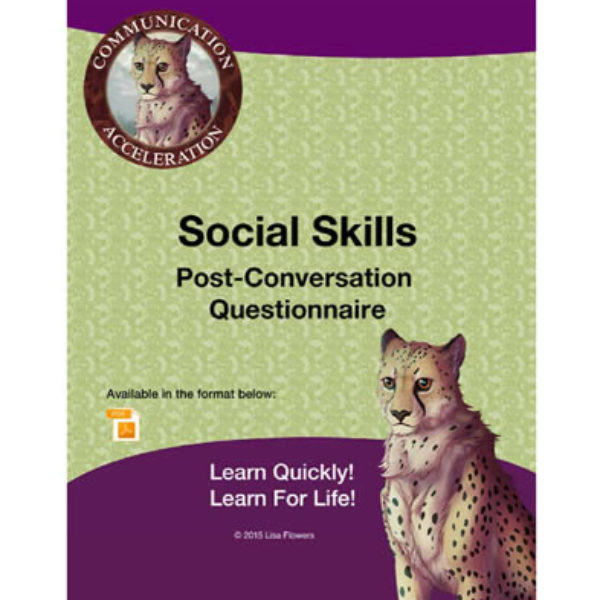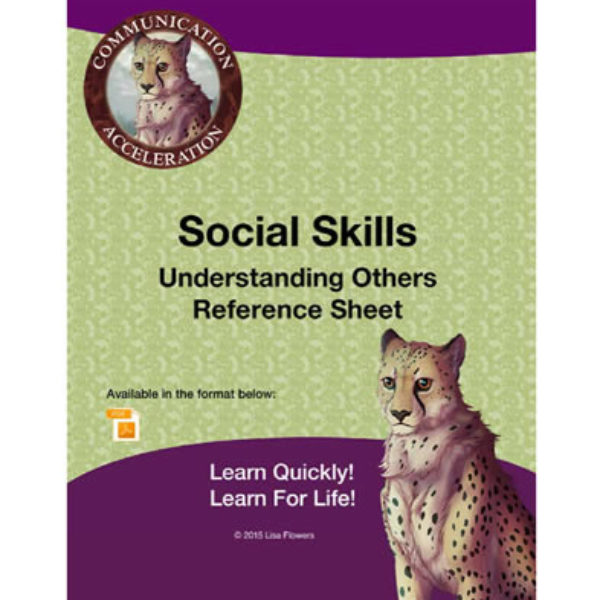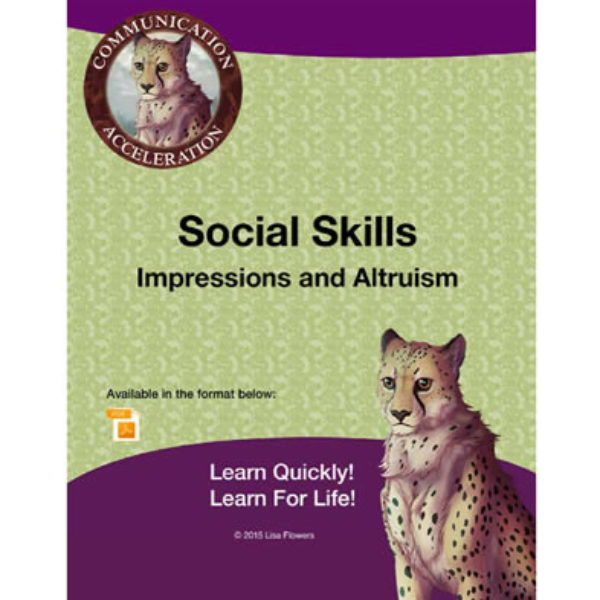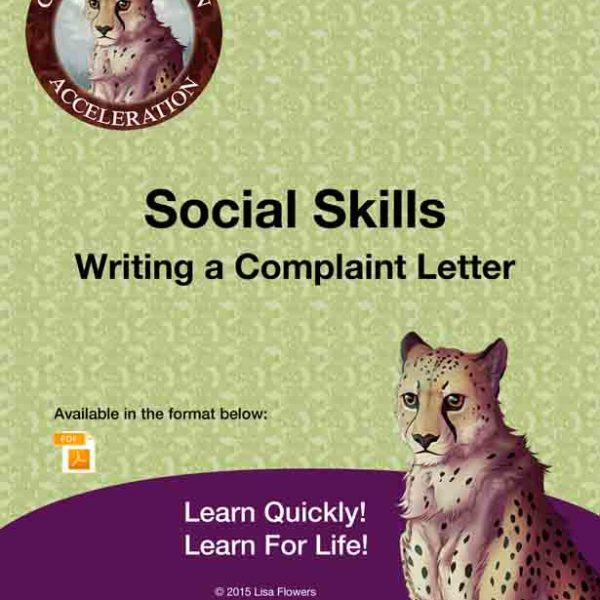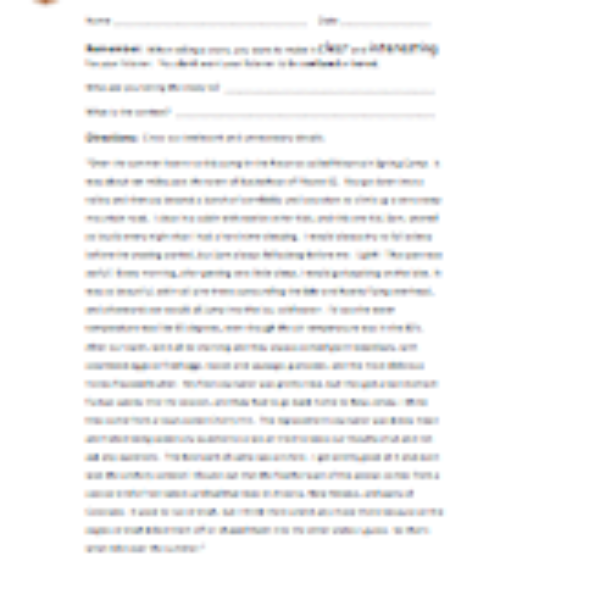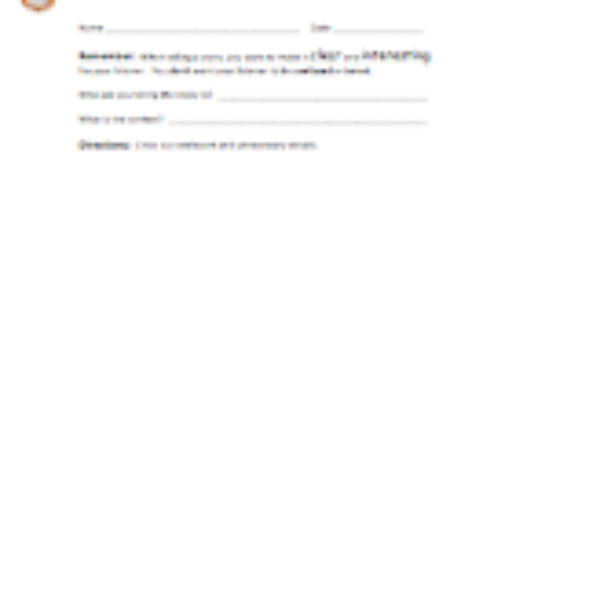Description
Social Skills: Getting Someone’s Attention
Many skills that may seem simple are not so simple for individuals with impaired social skills. That’s one reason I like to take my students out on walks, and if possible, into stores or restaurants. Functioning in the “real world” involves many more social skills than coming to my office for sessions. I’ve discovered issues on walks that I wouldn’t have observed in my office, such as the time a student walked behind me instead of alongside. Or the time I took who I thought were two conversationally sophisticated students (based on my talks with them) for a walk and finally shut up. I soon discovered they couldn’t say two words to each other; despite my eventual attempts at prompting some conversation, the three of us continued the walk in silence. It was eye opening, and led to a focus on some new, much needed goals. Something as seemingly simple as getting someone’s attention involves much more than you may initially think. I realized this when I observed one of my students, (a student that I believed had pretty appropriate social skills), tasked with getting the attention of a teacher. This student went to the teacher’s classroom and called out from the doorway, even though the teacher was 20 feet away and in the middle of speaking to a coworker. I have my students practice the skill of approaching staff members after discussing all the possible variables, including an open vs. closed door, the staff member on the phone, in an in-person conversation, reading or writing, conducting a class, or in the hallway. I then give my students the following form in an envelope, and ask them to deliver it to specific staff members. When my coworkers return the filled-out forms, I find out for which aspects of gaining someone’s attention my students need more intervention. Also, I’ll go over the staff members’ evaluations with the students I think would be receptive to the direct critique.




